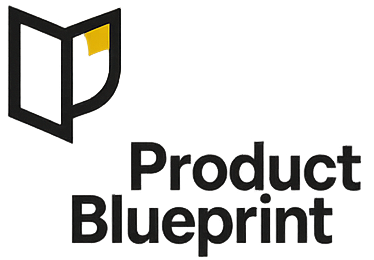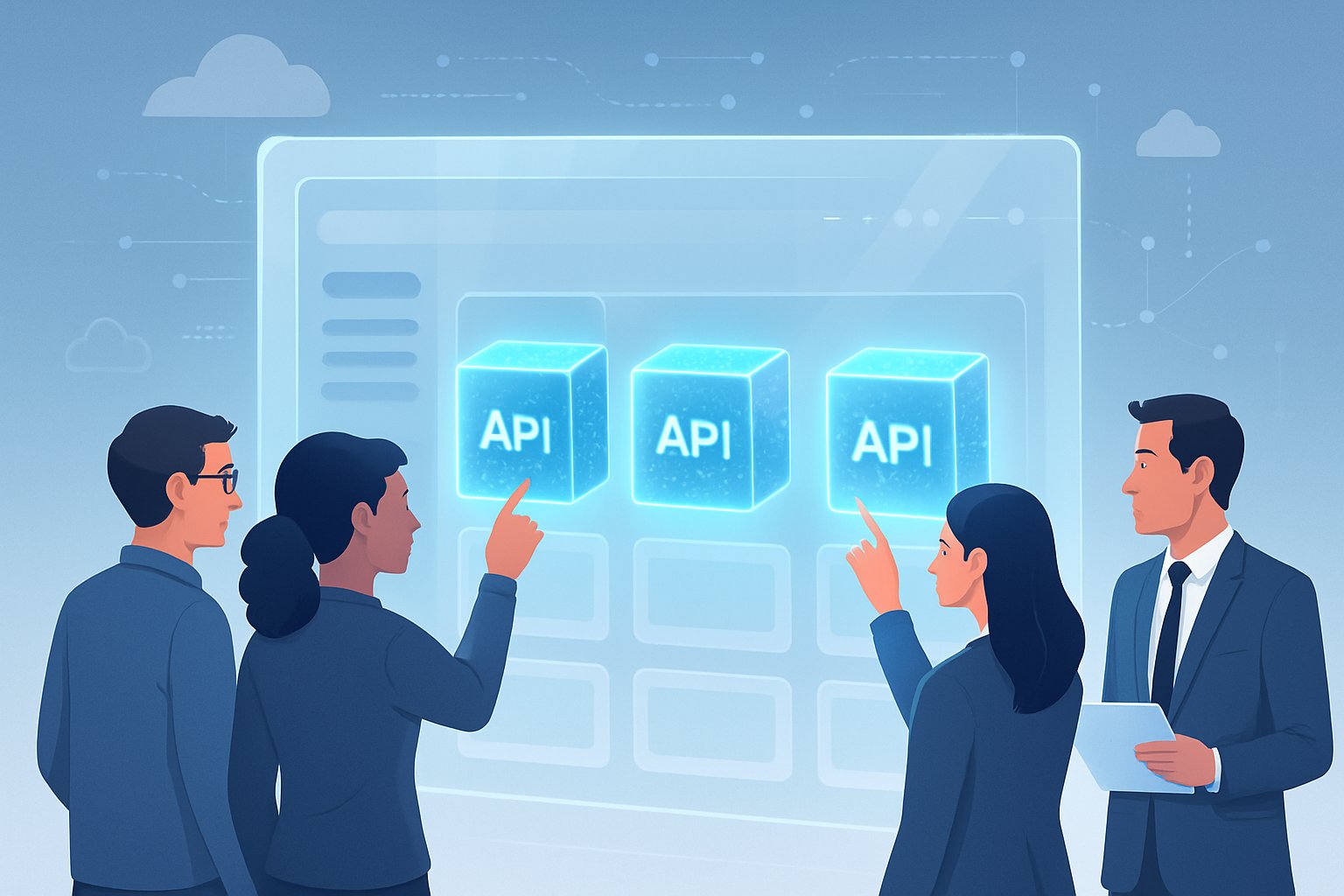Managing APIs as products isn’t just a technical decision—it’s a commitment to doing things right from the start. We have to pay close attention to every part of the process that shapes adoption and success.
When we treat APIs as products, we set up clear lifecycles that guide the journey from concept to retirement. We also need quota systems that keep things balanced and robust authentication that keeps our users safe.
Comprehensive deprecation policies matter, too. They give clear timelines and migration paths when we need to make changes.
All these elements combine to create API products developers can trust. At the same time, we keep control over usage and resources.
TL;DR
We treat our API as a product with a clear lifecycle: introduce → grow → maintain → deprecate → sunset.
We pick one versioning strategy and define breaking vs non-breaking changes. We publish a deprecation policy that partners can plan against.
We set auth & quotas that balance safety and usability. We monitor outcomes and guardrails in real time.
We earn partner trust through:
- Previews
- Migration guides
- Headers that signal deprecation
- Predictable timelines
We paste the deprecation policy template into our handbook for consistent communication.
Quick definitions (one line each)
API product: A stable interface with contracts, docs, SLAs, and a roadmap that we treat like any product.
Versioning: How we evolve the contract without breaking existing clients using paths like /v1/.
Breaking change: A change that forces client code updates when we rename or remove a field.
Deprecation: An old version that still works but has a scheduled end date with migration guidance.
Sunset header: HTTP header that announces the exact end-of-life date and time for an API version.
Quota/rate limit: Allowed usage per time unit like requests per second with burst allowance for developers.
Auth: How callers prove identity and permissions through API keys, OAuth 2.0/OIDC, or signed requests that we validate.
These terms help internal developers and external developers understand how we manage our SDKs and API lifecycle.
The API product playbook (7 steps)
1) Set the strategy
API product development starts with knowing your audience. We have to decide if we’re building for internal teams, external partners, or public developers.
This choice shapes everything else. Our North Star should focus on measurable outcomes—partner revenue and integration numbers matter most.
We also track developer experience metrics like time-to-first-call and error-free rates. The best approach uses small, composable endpoints, not one mega endpoint that tries to do it all.
This product mindset helps developers understand and use our API faster.
2) Choose and stick to versioning
Path versioning like /v1/payments works best for most teams. It’s clear and cache-friendly.
Header or media-type versioning looks tidier but makes debugging harder in logs. We follow a simple rule: Minor versions are additive, patches fix bugs, major versions break things.
Never break a version in place. This builds trust with developers who depend on our API.
3) Define breaking vs non-breaking
Breaking changes include removing fields, renaming properties, changing data types, or modifying default behavior. Tighter validation rules and pagination changes also break existing code.
Non-breaking changes let us add optional fields or new endpoints. We can broaden enum values or add error codes while keeping old ones working.
We add OpenAPI diff checks to our CI pipeline. This stops accidental breaking changes before they reach production.
4) Authentication & authorization
API keys work well for server-to-server calls. OAuth 2.0 and OIDC handle user consent and permission scopes better.
We use least privilege principles. Tokens get specific scopes, secrets rotate regularly, and lifetimes stay short.
High-trust partners might need mTLS. Our error handling stays consistent with 401, 403, and 429 responses.
A /health or /whoami endpoint helps with quick status checks.
5) Quotas & rate limits (with quick math)
Each client gets two key numbers: sustained rate (R req/s) and burst capacity (B requests).
Here’s our sizing approach for business capabilities:
- 50M calls/day across 100 partners
- Keep 20% headroom: 40M usable capacity
- Per partner: ~400k/day
- R = 5 req/s, B = 50 requests
We return rate limit headers: X-RateLimit-Limit, X-RateLimit-Remaining, and Retry-After. Different tiers offer upgrade paths, and we keep emergency pools for traffic spikes.
6) Lifecycle & change management
Our release process follows Preview → Beta → GA stages. We provide sandbox environments and sample applications for testing.
Deprecation notices go in changelogs first. We send Deprecation and Sunset headers with predictable timelines.
Security fixes get backported to N-1 major versions only. Deprecated versions never get new features.
7) Partner trust & governance
We maintain public status pages and write prompt incident postmortems. Transparency builds long-term partnerships.
Migration kits include before/after examples, mapping tables, and code modification tools. We run contract tests against partner sandboxes and support consumer-driven contracts.
Our partner registry tracks quotas, scopes, contacts, and upgrade status for each integration.
Versioning trade-offs (pick one and be consistent)
We need to choose one versioning approach and stick with it. Each method has clear benefits and drawbacks.
Path versioning like /v1/ works well for public APIs. URLs are easy to cache and route.
However, we get URL churn when upgrading. Header-based versioning keeps URLs clean and lets us set client-specific defaults.
But it’s harder to debug and proxy requests. Date-based versioning like /2025-08-01 gives predictable changes and shows the contract date clearly.
Many variants exist in production systems. Forever compatibility means zero churn for clients, but innovation slows down and breaks can hide.
For authorization and OAuth systems, consistency matters most. Access control endpoints need stable patterns that clients can depend on.
Worked example: token bucket quota
We configure the system with R = 5 req/s and B = 50 per client. Each bucket starts with 50 tokens.
Admission rules: A request passes when the bucket contains at least 1 token. We consume 1 token per request.
Refill process: The bucket refills at 5 tokens per second up to the maximum of 50 tokens. This setup allows clients to burst up to 50 requests instantly.
After the initial burst, clients sustain about 5 requests per second. We can add a monthly cap by multiplying daily allocation by the number of days.
When clients exceed this limit, we return HTTP status 429 with a Retry-After header.
Guardrails & ethics (non-negotiable)
We follow strict data minimization practices. All connections use TLS encryption and we rotate secrets regularly.
Privacy measures include:
- No personal information in URLs
- Complete audit logs
- Honor data residency requirements
Our accessibility standards ensure docs work with screen readers. We use high-contrast code samples and keyboard-friendly API consoles.
We maintain fairness through:
- Consistent quota application
- Clear appeal processes
- No rules based on protected classes
We provide transparent communication via status pages and changelogs. Warning headers alert users to issues with predictable timelines.
B2B example (≤5 lines): payouts v1 → v2
We built v2 with Idempotency-Key support to fix duplicate payouts from retries. The new API uses path versioning at /v2/ with better status reporting.
We set a 12-month deprecation timeline with these headers:
Deprecation: version="1", date="2025-09-30"Sunset: Wed, 30 Sep 2026 23:59:59 GMTLink: <https://developer.example.com/migrate/payouts-v2>; rel="deprecation"
Our migration kit included status mapping tools and replay scripts. We also updated our SDKs to support the new version.
The results showed duplicate payouts dropped 99% and partner satisfaction increased by 12 points.
B2C example (≤5 lines): image API vendor change
Our image processing vendor raised prices and started rate-limiting users on the old endpoint. We negotiated tiered quotas and added local caching to reduce costs.
Migration steps:
- Rotated OAuth client credentials
- Reduced API scope from
image:alltoimage:bg_remove - Migrated to
/v3/remove-bgendpoint with async webhooks
We rolled out changes gradually: dark launch → 5% → 25% → 50% → 100%. We monitored error rates and turnaround times throughout the process.
Results: 28% cost reduction, 3 percentage point improvement in success rate, zero user-visible downtime.
What to include in your API contract (checklist)
We need stable resource IDs and names that don’t change over time. Our API should have clear pagination using cursor or page/limit methods with maximum limits.
Essential elements:
- Idempotency keys for create and update operations
- Typed errors with machine codes and human-readable messages
- Rate-limit headers and 429 status schemas
- API keys with proper access levels
- Webhooks with retry logic, signatures, and timestamps
We must provide examples for every endpoint showing both requests and responses.
Paste-ready deprecation policy (copy/edit)
We stick to a clear timeline for all API changes.
When we make changes, we announce them in the changelog and share a migration guide.
Deprecation Phase
The old version keeps running during deprecation.
We add these headers to every response:
Deprecation: version="<old>"Link: <https://dev.example.com/migrate/old-to-new>; rel="deprecation"
Timeline Requirements
We wait at least 12 months between deprecation and sunset.
Regulated partners can get up to 24 months.
Before sunset, we include Sunset: <RFC 1123 date> in responses.
Communication Schedule
- Quarterly reminders during deprecation
- Monthly reminders in the final 90 days
- Weekly reminders in the last 14 days
We send emails to registered contacts.
We also show console banners and post notes on the status page.
Version Support
We offer security fixes for current and N-1 major versions.
No new features go to deprecated versions.
Emergency Changes
Security or compliance issues might force shorter timelines.
When that happens, we share mitigation guidance.
Team Responsibilities
- Product team enforces policy
- Developer experience team builds migration guides
- Support team reaches out to high-volume partners
Questions? Email [email protected].
Office hours: Tuesdays 10:00–11:00 UTC.
Pitfalls & better alternatives
Silent breaking changes frustrate users and break integrations.
We should treat any behavior change as breaking, bump the major version, and start a proper deprecation process.
“Labs” features staying in production forever just confuse everyone.
We have to time-box preview features and either promote them to stable or retire them.
Surprise throttling hurts user trust.
We need to publish quota limits and burst calculations upfront.
Early warnings in headers and emails help keep users informed.
One-off partner exceptions create unfair systems.
Let’s build documented tiers instead of custom limits for individual users.
Mini FAQ
How long do we support old versions?
We support old API versions for 12 months after deprecation.
Regulated or strategic partners get up to 24 months.
Should we use path or header versioning?
We prefer path versioning.
Only use header versioning if you need to hide versions from proxies or logs.
Can we deprecate single fields instead of entire APIs?
Yes. Mark the field as deprecated in the schema and announce the change.
Give at least 6 months notice before removing it in the next major version.
Do we need OAuth or are API keys sufficient?
API keys work well for server-to-server communication.
Use OAuth/OIDC when you need user consent, detailed scopes, or secure rotation features.
What happens if security issues force quick removal?
We communicate the issue right away.
We add temporary fixes like throttling or allowlists, and document why we made an exception to our normal policy.
Copy-ready partner upgrade email (bonus)
Subject: Heads-up — Payouts v1 deprecation, sunset on Sep 30, 2026
We’ve just rolled out Payouts v2. Now it comes with idempotency and more detailed statuses.
Next week, you’ll start seeing Deprecation and Sunset headers on v1 responses.





